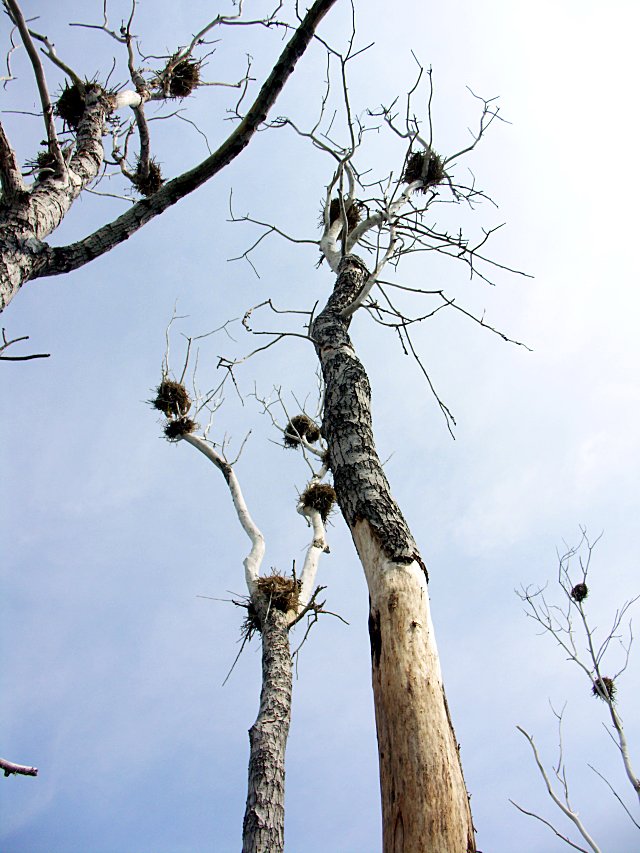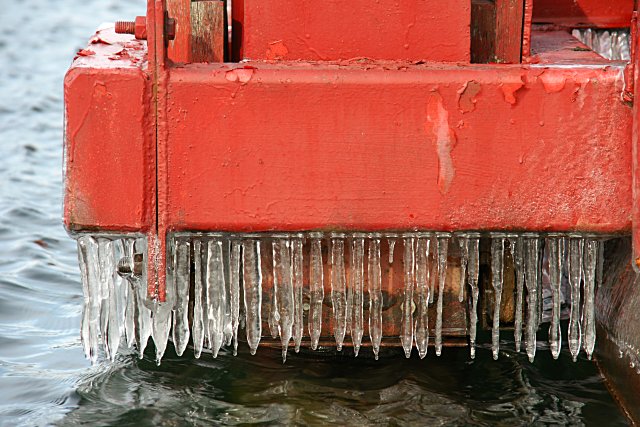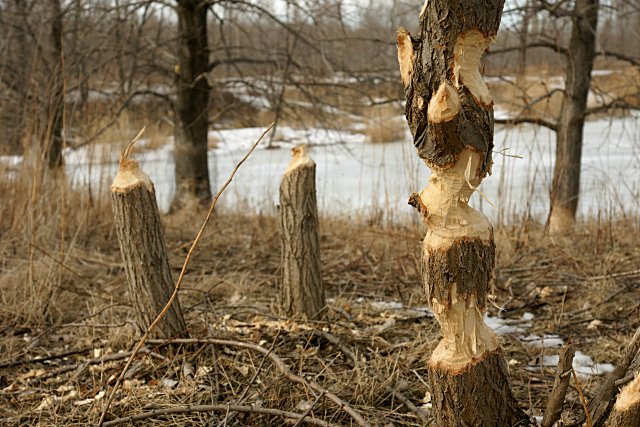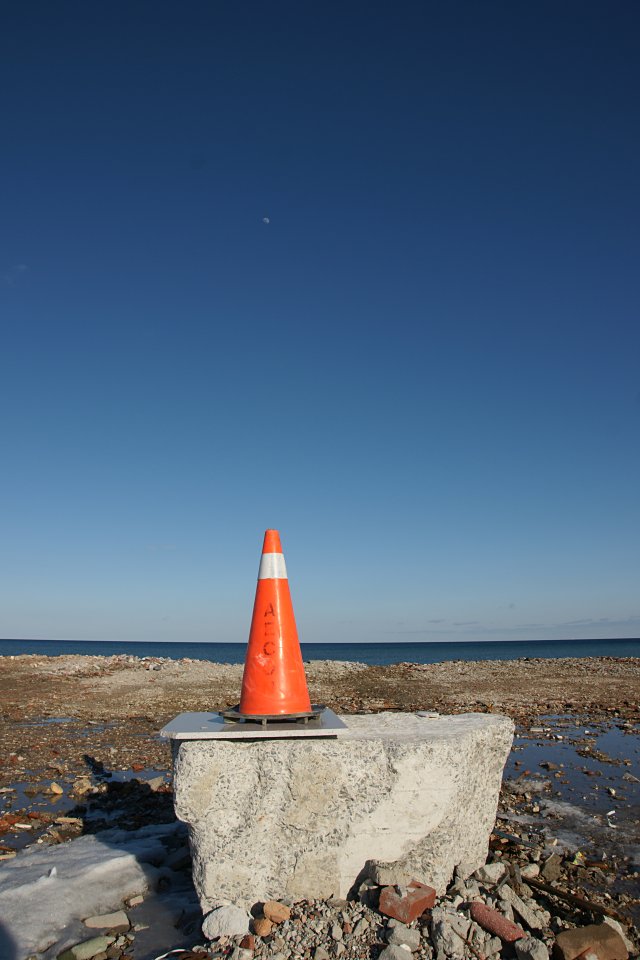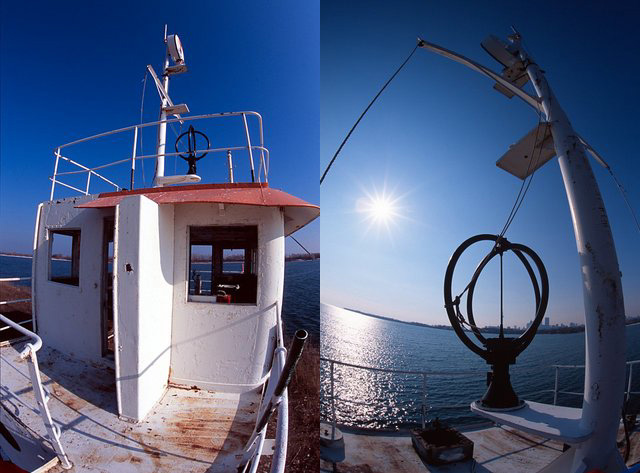
Case Ootes, just barely Ward 29 councillor for another two and a half years, sends out these wonderful newsletters to his constituents every so often. Earlier this month, the lead story in his Spring 2008 newsletter was about the new garbage and recycling bins that are being rolled out across the city. In four passionless paragraphs, Ootes waxed bureaucratic about the recently-arrived blue bins and the process residents would use to select their new garbage bins. “By now,” it concluded with no hint of rancour, “you likely have had your new recycling container delivered to your home.” Indeed, we were among the last in the ward to get the new recycling bin, and we’d had it for close to six weeks before receiving the newsletter.
About two weeks after the Ward 29 Report bounced into our mailbox, we received a further Special Bulletin, in which Ootes went on the rampage against the very bins he’d just helpfully informed us about:
Last June, in a 26–18 vote, Mayor David Miller and like-minded Councillors voted in favour of the program. I foresaw many problems with the new garbage and recycling bins; that was one of the reasons I VOTED IN THE NEGATIVE. Also, homeowners should not have to pay an extra fee (between $39–$190 / year) on top of property taxes, for garbage collection. The city’s cost to purchase the recycling and garbage bins is a staggering $57 million! This is a shameful waste of taxpayers’ money. (All emphasis in original document.)
The bulletin goes on to level the usual FUD against X (where X is anything that’s different from what people have done or used in the past), claiming that because X isn’t appropriate for a small number of (usually vocal) people, the entire project must be scrapped so that we can do things the old way. It’s funny how this criticism didn’t make it into his newsletter, especially if Councillor Ootes has been as staunchly opposed to the bins for the last year as he claims to have been.
I think it’s completely fair to criticize the new bins over their real or perceived shortcomings, but I think it’s pretty lame for a councillor to pander to his constituents like this. For what it’s worth, I have no problem with the bins, but understand that they can cause problems for some people on some properties. As for whether the big blue bin is ugly, it’s certainly no worse than the lineup of small blue bins that we kept at the front of the house. And the lid is a welcome improvement.
For garbage, we elected to go with the smallest bin. We currently produce only about one shopping bag full of garbage every two weeks, and I only put a single can of garbage out once every four to six weeks. Having a small bin will encourage us to continue to reduce even that amount of garbage.
And now I’m going to go run both newsletter and bulletin through the shredder and line Fletcher‘s litter box with the result.
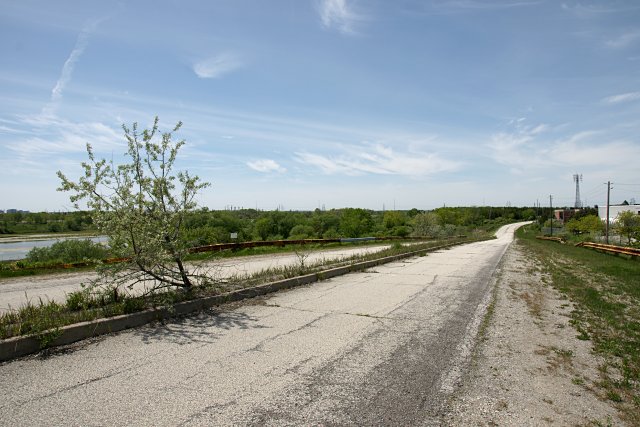
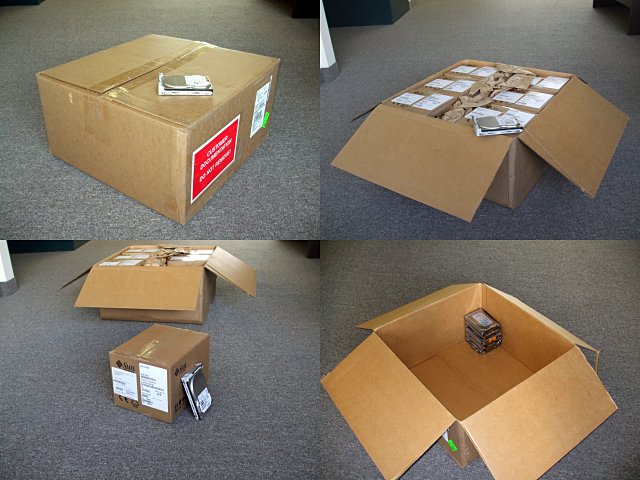
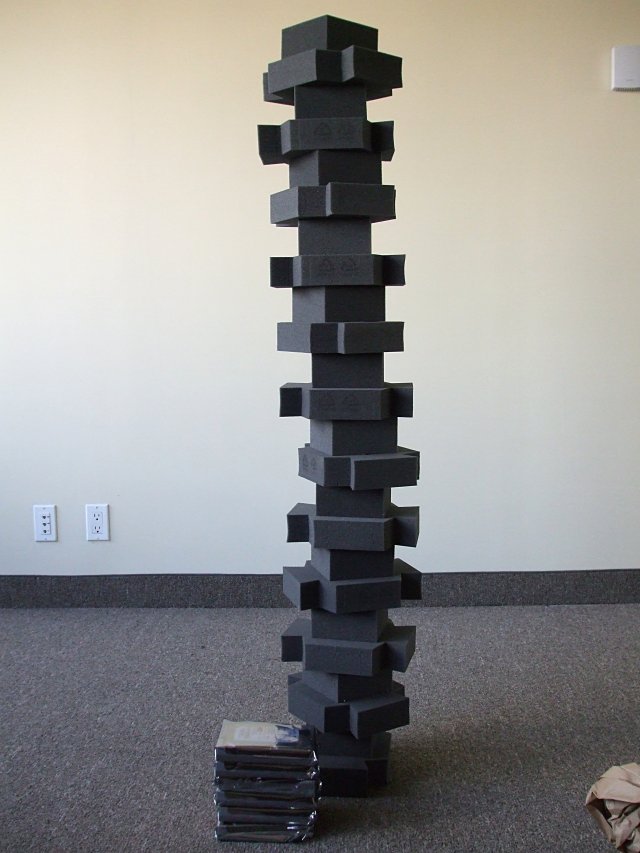

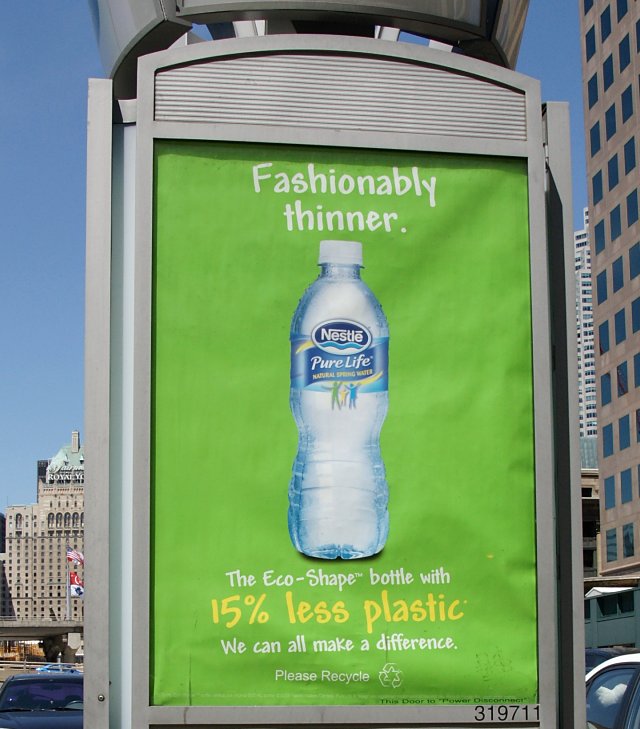
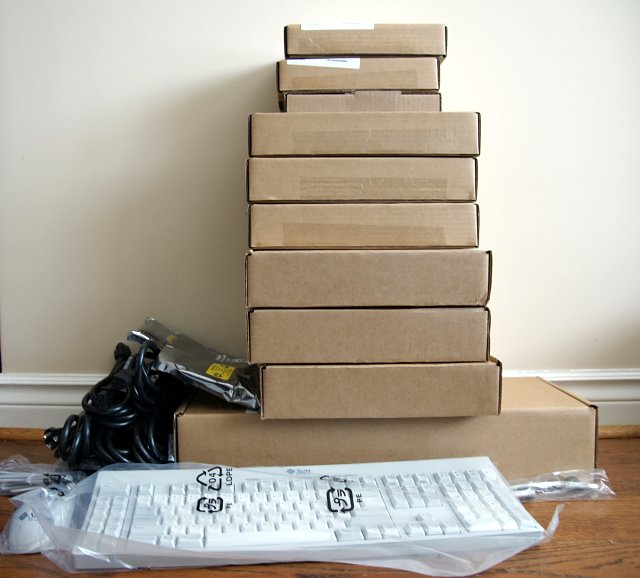
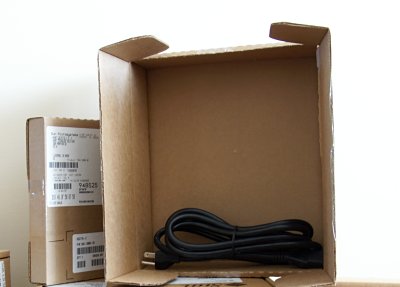 Each of those boxes then opened to reveal a very loosely packed component: five power cords (three of them individually boxed!), a keyboard & mouse, two sticks of RAM, two small internal expansion cards, and three slimline DVD-ROM drives. Everything removed from these boxes is in the little pile on the left in the top picture.
Each of those boxes then opened to reveal a very loosely packed component: five power cords (three of them individually boxed!), a keyboard & mouse, two sticks of RAM, two small internal expansion cards, and three slimline DVD-ROM drives. Everything removed from these boxes is in the little pile on the left in the top picture.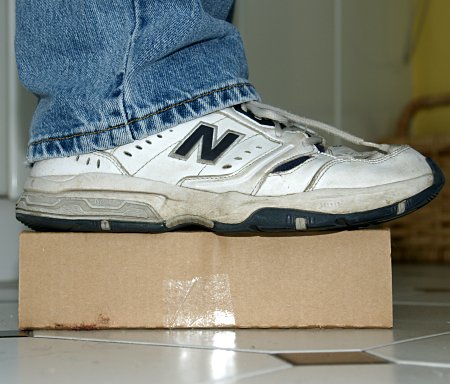 But I’m at a loss to understand why each power cord required its own crush-proof box rated to hold 65 lb and with a burst strength of 200 PSI. When I repacked all this stuff after checking it against the packing slips, it all fit into just one of the pictured boxes with the exception of the keyboard. The rest of the boxes went straight out into the
But I’m at a loss to understand why each power cord required its own crush-proof box rated to hold 65 lb and with a burst strength of 200 PSI. When I repacked all this stuff after checking it against the packing slips, it all fit into just one of the pictured boxes with the exception of the keyboard. The rest of the boxes went straight out into the 